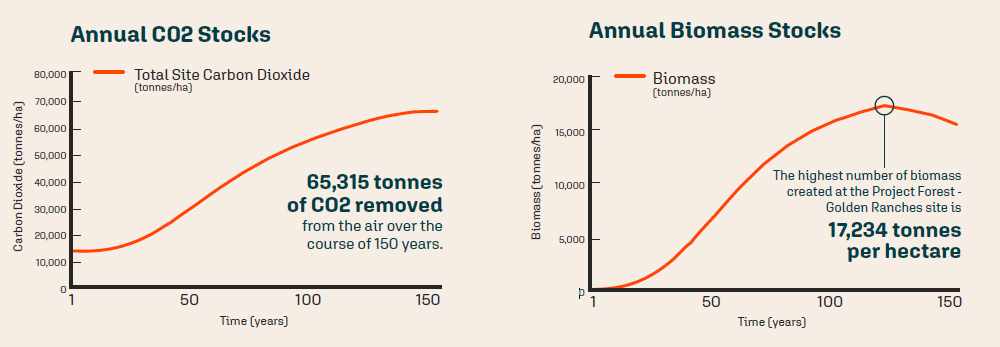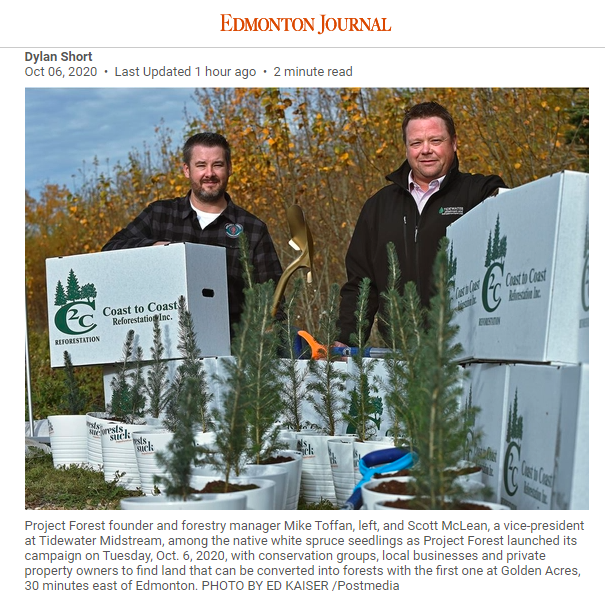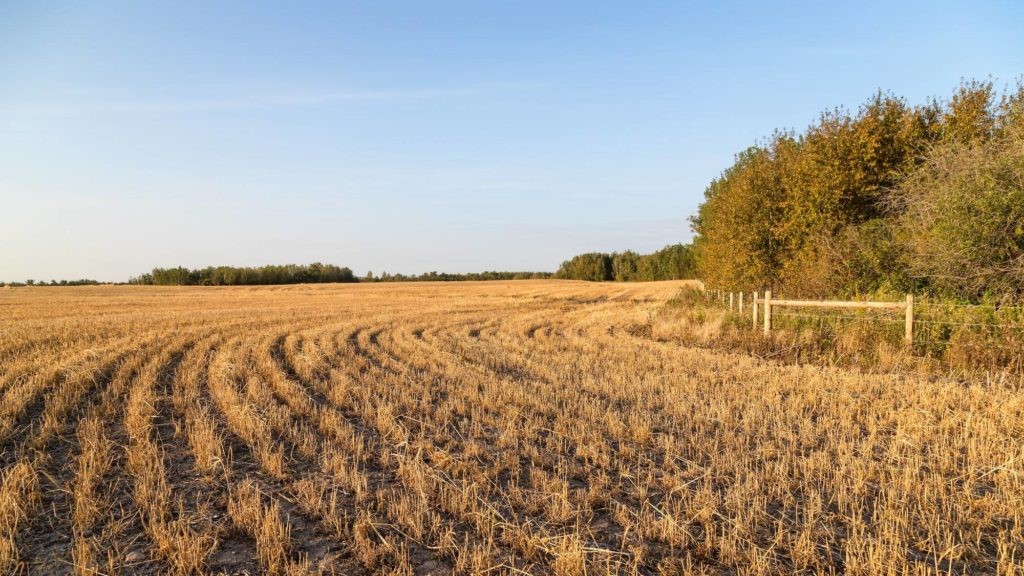Prof Rohit Jindal
Professor, MacEwan University
email: [email protected]
Project Forest, a company based in Edmonton, Canada, has a unique way to fight climate change. It is partnering with local companies to plant trees that will continue to suck carbon dioxide from the atmosphere for generations to come.
While growing trees to sequester atmospheric carbon is hardly new, Project Forest has an innovative approach to implement this idea. Planting trees is easy but making them live long is not. The value of timber in standing trees is often too much to overlook. As people cut the trees, the carbon stored in these trees often goes back to the atmosphere (especially if burnt as firewood) negating any previous benefit. To address this challenge (called impermanence in technical jargon), Project Forest partners with NGOs such as Nature Conservancy of Canada that hold long-term land easements that will not be open to construction or even to timber harvesting. So, once the tree seedlings are planted and protected for the first few years, they will continue to grow and suck!
Golden Ranches
Project Forest is currently planting trees in an area called Golden Ranches, which lies just outside Edmonton city (photo 1). This 55-hectare grassland is a part of Beaver Hill UNESCO Bioreserve, known for its globally relevant conservation value. As such, Project Forest only plants trees that are suited to the area’s ecology. Some of the trees that it has already planted include White Spruce, Lodgepole Pine, Tamarack, Trembling Aspen, Balsam Poplar, and Willow. In time, these mature trees will provide recreational opportunities for people while improving the local biodiversity.
To raise necessary funds for these plantations, Project Forest invites businesses and individuals to becomes its members. A bronze member provides $5,000 to plant 1,000 trees, while a Gold member can help plant 4,000 trees by paying $20,000. Members can use the resultant goodwill to improve their ESG score (environmental, social, and governance ranking) and even count the amount of carbon stored in the trees against some of their greenhouse gas emissions. Project Forest estimates that over the next 150 years, the 55-hectare area can accommodate 110,000 trees and will help remove 65,315 tons of carbon dioxide from the atmosphere.

History of Project Forest
Mike Toffan founded Project Forest. An outdoor enthusiast, Mike always wanted to explore nature. He has contributed to the reforestation of thousands of hectares across Western Canada. Besides earning his B.Sc. in Forest Business Management, Mike also has a Technical Diploma in Forest Technology. He likes to be in the field, among the trees, where he gets to make a difference every day (photo 2). Mike aims to extend his work to other parts of Canada, where similar plantations can be taken up to grow green gold.
It is worth noting that Canada currently has 348 million hectares of land under forests, constituting about 9% of the world’s forests. Conserving existing forests and planting new ones with locally relevant tree species in Canada and elsewhere can be a significant step towards reducing the harmful effects of climate change. To popularize this work, Dr. Rohit Jindal, a professor at MacEwan University in Edmonton, is developing a business case on Project Forest’s work to educate students on issues around sustainability (photo 3). More about Rohit’s work is available at https://sites.google.com/mymacewan.ca/beelab/people.

